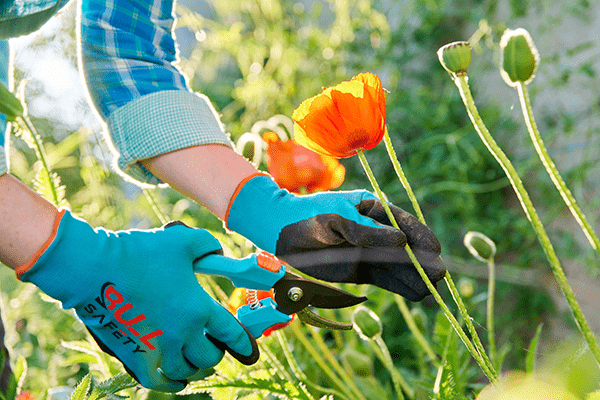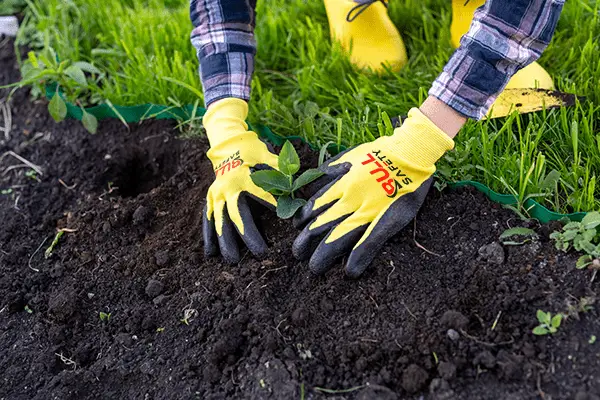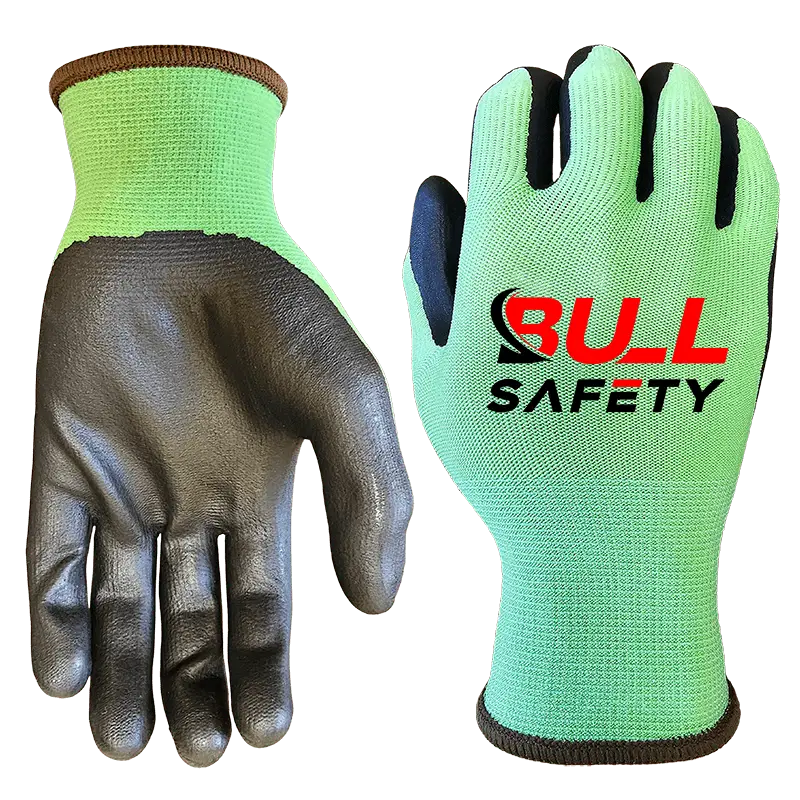
Many gardeners suffer from painful scratches and skin irritation. I have felt that pain. Gloves can fix this concern. They keep hands safe and improve gardening comfort.
Yes, you should wear gloves for gardening. Gloves protect your skin from chemicals, thorns, and infections. They also help you get a better grip on tools and materials.
I remember pricking my finger on a hidden thorn. That small accident pushed me to find real solutions. Let’s explore more.
What are gardening gloves used for?
I have seen gardeners use bare hands. But gloves can save time and prevent injuries. They are tools for efficiency and safety.
Gardening gloves shield hands from dirt, bugs, and minor cuts. They create a secure barrier between skin and soil. They also help you move heavy objects comfortably.

Types of Protection
- Scratch resistance
- Dirt and chemical barrier
- Better grip and handling
Choosing the Right Material
- Cotton for light tasks
- Nitrile for wet conditions
- Leather for tougher jobs
| Glove Type | Key Feature | Ideal Use |
|---|---|---|
| Cotton | Breathable and soft | Light planting, general chores |
| Nitrile | Water-resistant | Damp soil and muddy work |
| Leather | Durable and tough | Heavy-duty pruning or digging |
We have been manufacturering gardenning gloves in China for many years. I have seen countless gardening enthusiasts hurt their hands because they did not use proper gloves.
What kind of gloves are best for gardening?
I tested many gloves to find the best fit for different gardening tasks. It always comes down to material, fit, and durability.
The best gardening gloves blend comfort, protection, and breathability. Materials like nitrile and leather handle moisture, abrasions, and thorns. Proper sizing keeps hands efficient and well-guarded.
 bullsafety 15 gauge green recycled polyester&spandex microfoam palm coated gloves
bullsafety 15 gauge green recycled polyester&spandex microfoam palm coated gloves
Comfort Matters
- Correct glove size prevents slipping
- Flexible cuffs allow easier movement
- Breathable fabrics reduce sweat
Durability Factors
- Stitch quality affects longevity
- Double-coated palms improve grip
- Reinforced tips handle rough soil
| Factor | Why It Matters | Example |
|---|---|---|
| Breathability | Prevents sweaty hands | Knitted back gloves |
| Coating Quality | Ensures longer use | Nitrile double coating |
| Seam Strength | Avoids tears | Reinforced stitching |
I always recommend gloves that give a balance between grip and safety. My team and I focus on quality control. We have 20 HPPE yarn production machines, 15 yarn coating machines, 300 glove core weaving machines, and more. I see customers like Jason from Canada who value innovation and certificates like EN388 or Oeko-Tex. They want cost-effective options, but still high quality. Through BULLSAFETY, we have expanded to Europe, North America, and beyond. We also help with custom logos and keep up with certifications like CE and ANSI. I understand the frustrations of missed deadlines or forged certifications. My mission is to avoid these problems. My brand stands for transparent communication, reliable logistics, and stable product quality.
Do gardening gloves stop thorns?
I got tired of finger pricks from roses. That pain led me to better glove choices. Thorn protection was a priority.
Snippet paragraph for h2: Gardening gloves with tough materials and reinforced tips can reduce thorn punctures. Leather or thicker nitrile gloves act like a shield for hands and fingers.
Reinforcement Techniques
- Extra padding in fingertips
- Double layers near palm
- Seamless designs for less weak spots
Material Choices
- Leather blocks sharp thorns
- HPPE-blended yarn resists penetration
- TPR panels help absorb impact
| Feature | Advantage | Suitable Glove Type |
|---|---|---|
| Reinforced Tips | Extra thorn defense | Leather or nitrile-coated |
| Extended Cuff | Protects wrists | Gauntlet-style gloves |
| TPR Panels | Reduces impacts | Impact-resistant designs |
I have tested many gloves in real gardens and tough fields. Our factory focuses on not just standard gloves, but also TPR sewn impact-resistant models that protect against the sharpest materials. We use HPPE yarn for cut-resistant needs and add chemical resistance when customers want it. I see buyers like Jason searching for high-quality gloves, but they also look for good pricing. I always try to balance cost and performance by optimizing production with our advanced workshops. My team maintains strict quality checks to prevent any slip-ups. This way, I can ensure stable supply and certification for every export batch. I have learned that a genuine approach builds trust. If a gardener wants confidence with thorns, my nitrile or leather gloves can do the job well.
Conclusion
Gloves protect you from scratches, chemicals, and thorns. They boost efficiency and reduce injuries. It is always wise to wear them.



